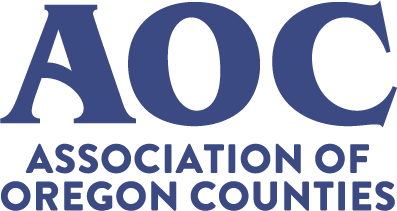Sponsored content contributed by AOC Business Partner: Kaiser Permanente
For employers looking to maintain productivity amid stubborn economic headwinds, it may be time to reevaluate your workplace mental health strategies. Consider this: Fast Company recently polled workers from 60 organizations across the U.S. (and around the globe) and found that an overwhelming 80% report feeling stress on the job. Additionally, nearly one-third of U.S. employees say that their work adversely affects their mental health, resulting in issues such as lack of sleep, anxiety attacks, and low morale. Even more troubling, 27% report losing trust in their employers’ well-being efforts.
The Cost of Inaction
Addressing mental well-being gaps amid tough business climates may not feel top of mind. But doing so pays dividends. According to Gallup, burned-out and disengaged employees can cost $3,400 for every $10,000 of salary due to lack of productivity. The expense to replace employees runs one-half to two-times their annual salary. Meanwhile, the National Institutes of Health puts the cost of depression in the workplace at $210.5 billion. And the World Health Organization estimates that depression and anxiety account for $1 trillion in lost productivity globally.
Overwhelming Demand
Expect employee mental health to remain a key factor for securing top talent. A 2023 work study from the American Psychological Association found that 92% of workers said it’s important to work for an organization that values their emotional and psychological well-being. And a study from Harvard Business Review reinforces those findings with 91% of employees stating that employers should support their mental health at work.
Multigenerational Needs
With 5 distinct generations now represented across the workforce, there’s no one-size-fits-all approach to supporting employees’ mental health needs. For example, members of Gen Z, who will soon outnumber baby Boomers in the workplace, are more likely to experience negative emotions such as stress, anxiety, and loneliness than older employees. But, they’re also less likely to ask for help. More experienced millennials, on the other hand, may be more vocal about their needs and more adept at navigating support systems. Older generations may still feel a deep stigma around discussing mental health at work at all.
The Future of Workplace Mental Health
Organizations like Kaiser Permanente are already fine-tuning strategies to meet the mental health needs of tomorrow’s workplace. Key strategies include encouraging employees to take care of their well-being through company-sponsored wellness programs and seminars. And, to ensure employees understand the support that is available to them, the organization has doubled down on communicating the importance of tapping available benefits.
Research shows that supporting workplace well-being with such employer-led initiatives can help drive productivity and growth. Across the workforce, employees are expecting employers to address the soaring levels of work-related stress. Employers that recognize the urgent need for action and continue to embrace the message of workplace wellness can create a competitive advantage with thriving employees who remain invested in boosting the company’s bottom line.

